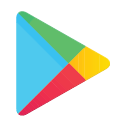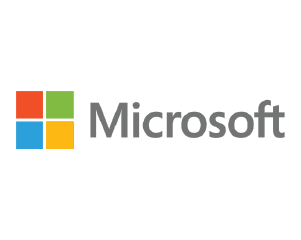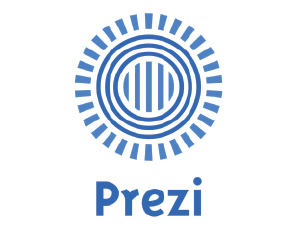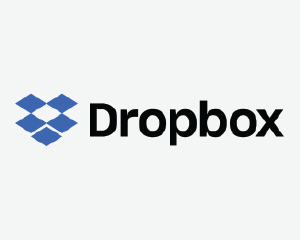
Description
Twitter is a microblogging platform that allows you instand knowledge to what’s happening in the world and what people are talking about right now. Twitter is used by everyone but it´s more concentrated on news and other factual information than Facebook. It´s a tool that enables one to be up to date and follow interesting / fascinating people, places, events etc.
Twitter is based on Tweets which are max. 140 characters long messages that are typed to the text box that asks “What’s Happening?” A Tweet can include photos, videos, GIFs and memes. Besides tweets of you own you can also join the conversation by retweeting, liking, sharing or replying to Tweets in your timeline.
Hashtags (#) are used in Tweets (recommendation max. three hashtags) because on Twitter it´s possible to search for interesting topics using hashtags.
With Twitter you can connect with your friends and other people e.g. researchers, celebrities, pop stars, athletics. Connecting is called Following on Twitter and from your profile information you can see who/which topics you are following and who is following you. You can follow your friends but also organisations, people who you don´t know personally but you are e.g. interested in his/her field of speciality.
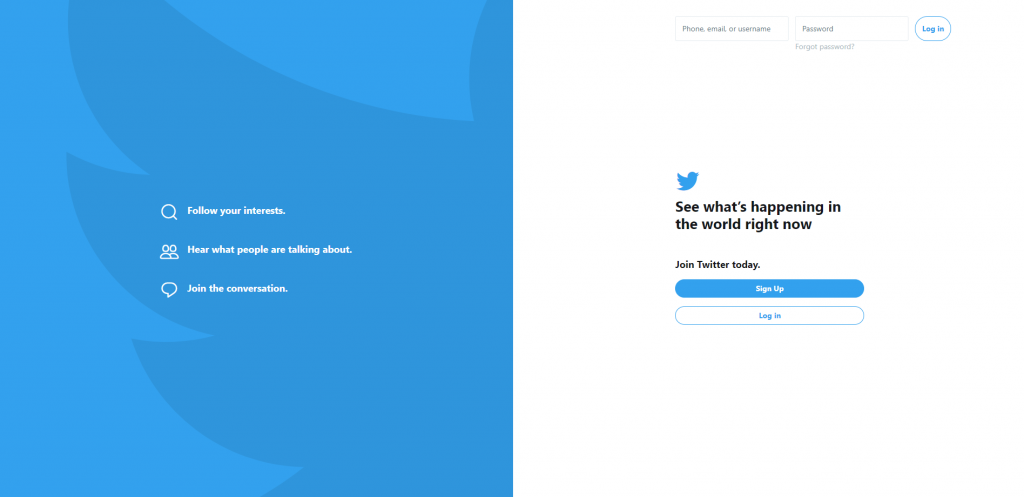
Key functionality
- Compatibility: Accessible through computers & mobile devices
- User accounts: Users need to register to be able to use Twitter. Twitter is all about real people so if your real name is available on Twitter, that’s usually a good username to choose.
- Profile information: Adequate profile information is important before you start following people. Because clicking “follow” on someone often causes them to check you out. When that happens, your profile page should tell them who you are. Uploading a picture of yourself will usually help get you more followers since it makes you seem more real. Add a short description of yourself (fewer than 160 characters) in the bio box. The good text here helps attract followers by making your interests and fields of speciality transparent. It’s also worth specifying your city and linking to any website you may have.
- Following: Connecting with other users, organisations, events etc. is called Following on Twitter. User can follow whomever the user wants; following does not need any approval from the one who is being followed. With Twitter you can connect with your friends and other fascinating people e.g. celebrities, pop stars, athletics, also organisations and people who you don´t know personally but you are e.g. interested in his/her field of speciality. From your profile information you can see who/which topics you are following and who is following you. What is seen on your Twitter-feed depends on what you are following. You can start searching for whom to follow with different strategies. One strategy is e.g. to search for a person who you know has used Twitter longer period of time and is an expert in the field you are interested in. Follow him/her/it and explore who he/she/it is following. Start to follow the same persons/places/events/hashtags if they seem interesting to you.
- Unfollowing: One can stop following other Twitter-user by tapping Unfollow. This means that one does no longer see that acount´s Tweets in one´s home timeline.
- Tweets: Twitter is based on Tweets which are max. 140 characters long messages that are typed to the text box that asks “What’s Happening?” Tweet can include photos, videos, GIFs, memes. Besides tweets of you own you can also join the conversation by retweeting, liking, sharing or replying to Tweets in your timeline.
- Hashtags (#): Hashtags are used in Tweets (recommendation max. three hashtags) because in Twitter it´s possible to search for interesting topics using hashtags. You can e.g. tweet from an event you are taking part of, often there can be a hashtag that the event organizer provides you, so that all tweets can be found under this hashtag.
- Post privacy options: User´s Tweets are by default public and therefore visible to everyone and they are also shown through Google-(or other search engine) searches. If the user wants to protect his/her tweets, she/he can do so through account settings.
- Explore: One can search e.g. for topic keywords or hashtags using the Explore tab. The results show a combination of Tweets, photos, accounts, and more.
- Direct messages: Direct messages can be used to have private conversations with people about Tweets and other content.
- Publicity: Tweet is public by default, and can include a message of 140 characters or less and content like photos, videos, and links to other websites. By Twitter´s own words: What you share on Twitter may be viewed all around the world instantly. You are what you Tweet! So Twitter is a very public tool. Everything you put on Twitter can also be seen through Google-search.
Who uses the tool

Platform
Gender
Age groups
Users:
- Twitter is used by everyone
- It´s more concentrated on news and other factual information than e.g. Facebook.
- It´s a tool that enables one to be up to date and follow interesting / fascinating people, places, events etc.
Pedagogical purposes:
- In VET Twitter is often used as a media during events and lessons and as a tool to get publicity to the VET-school. The participants are encouraged to use Twitter during the event and asked to use a certain hashtag provided by the event organizer. The Twitter-feed can then be projected to the wall during the event or/and the participants can follow the hashtag from their own devices. If Tweets are projected to the wall the lecturer can e.g. once in a while or at the end see which kind of comments are there on Twitter or are there questions the VET-students have asked through Twitter.
- Students can search for articles and news about a particular topic related to the lesson and summarize them in tweets.
Platforms
Privacy and user data
The app collects the following types of information from all users:
- Basic Account Information (your name and username are always listed publicly);
- Contact Information;
- Additional Information;
- Tweets, Following, Lists, Profile, and Other Public Information;
- Direct Messages and Non-Public Communications;
- Location Information;
- Information users choose to give SnapChat – through information included on a user account profile and through user activity.
- Information SnapChat gets when individuals use their services – this includes log data, cookies, device information, etc.
- Information SnapChat gets from third parties – this is where users click-through to other sites from SnapChat.
- Links;
- Cookies;
- Using Twitter´s Services;
- Twitter for Web Data;
- Advertising;
- Third-Parties and Affiliates;
- Personalizing Across Your Devices.
The app uses this information to:
- provide services to users (e.g. to make Tweets public);
- to make information (tweets) available to websites, apps, and others for their use – for example, displaying Tweets on a news website or analyzing what people say on Twitter;
- to authenticate the accounts and keep them and other services secure, and to help prevent spam, fraud, and abuse;
- to personalize services, enable certain account features and to send information about Twitter´s services
Terms and conditions of use can be found on this page:
Using the tool for PROMOVET
Advantages
- Easy to use
- Makes it possible to follow topics/persons that are e.g. experts on matters that ought to be learned
- The VET-school can get publicity if VET-students are using Twitter actively and e.g. VET-schools name is used as a hashtag.
- Can be used as reflection or feedback tool during lectures or events
Disadvantages
- If the VET-student shares something on Twitter (VET-school´s name used as hashtag) it´s public instantly. So this can also mean bad publicity.
- Twitter-users should master social media etiquette well and besides that also privacy and copyright issues. This is maybe not the case with all VET-learners disabled for any reason.
